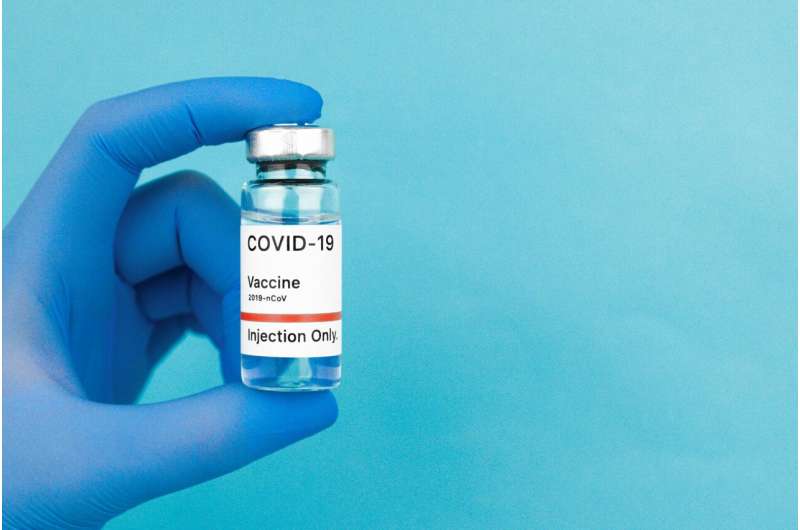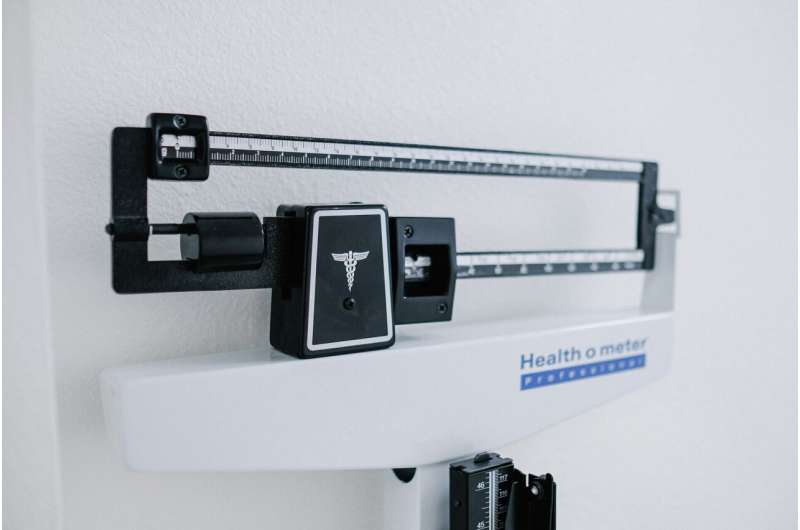Need for Expanded Research on Racial, Gender, and Socioeconomic Disparities in Telestroke Care

Recent studies reveal that telestroke programs can help reduce racial, gender, and socioeconomic disparities in acute stroke treatment and recovery, but ongoing research is needed to address persistent inequalities.
Recent studies presented at the Society of NeuroInterventional Surgery's (SNIS) 22nd Annual Meeting highlight the importance of understanding disparities in stroke treatment across different demographic groups, particularly in the context of telestroke networks. These investigations were conducted within a large telestroke system in Pennsylvania and a university medical center in Rhode Island, shedding light on how race, gender, and socioeconomic status impact stroke care and recovery.
Telestroke programs utilize telemedicine to bridge gaps in specialized stroke care, especially for patients residing far from comprehensive stroke centers that perform advanced procedures like thrombectomy. By enabling remote diagnosis and treatment recommendations, telestroke aims to improve patient outcomes and reduce disparities in access to stroke interventions, which are critical in improving recovery chances after stroke.
One key study analyzed the medical records of nearly 8,000 patients with suspected ischemic stroke within a large tele-stroke network. Findings showed that while men and women were equally likely to receive thrombectomy, women were less likely to receive tissue plasminogen activator (tPA), a clot-dissolving medication (13% vs. 15% in men). Despite similar treatment durations and discharge stroke severity scores, there remain gaps in care for women that need further investigation.
Another study focusing on racial disparities reviewed the records of over 4,000 patients, including White and Black individuals, receiving telestroke services. The results suggested that telestroke systems are effective in mitigating immediate treatment disparities, with comparable rates of tPA and thrombectomy administration across racial groups. However, disparities persisted in post-stroke rehabilitation outcomes, indicating a need to explore factors affecting long-term recovery and access to subsequent care.
A third study examined how neighborhood socioeconomic factors influence stroke treatment timelines. Using the Area Deprivation Index to assess neighborhood resources, researchers observed that patients from more disadvantaged areas experienced longer delays in receiving timely thrombectomy, especially among those transferred from other hospitals. Early routing (field triage) to comprehensive stroke centers significantly improved outcomes across socioeconomic groups, emphasizing the importance of rapid intervention.
Dr. Basel Musmar, the lead researcher, emphasized that while telestroke shows promise in reducing disparities, addressing gender and racial inequities requires ongoing research, particularly concerning long-term recovery and post-discharge care. Dr. Joshua Feler highlighted that optimizing field triage could play a crucial role in decreasing treatment delays and improving health equity.
Overall, these findings underscore the potential of telemedicine to address some disparities in stroke care but also highlight the urgency to further investigate and eliminate enduring inequalities to ensure equitable outcomes for all stroke patients.
Stay Updated with Mia's Feed
Get the latest health & wellness insights delivered straight to your inbox.
Related Articles
Australian Study Confirms Link Between mRNA COVID-19 Vaccines and Menstrual Cycle Changes
A new Australian study confirms that mRNA COVID-19 vaccines are associated with temporary menstrual cycle changes, emphasizing the importance of community listening and advanced data analysis in public health.
Link Between GLP-1 Receptor Agonists and Nonarteritic Anterior Ischemic Optic Neuropathy in Older Adults
A recent study links GLP-1 receptor agonists, common diabetes medications, with an increased risk of nonarteritic anterior ischemic optic neuropathy (NAION) in older adults, highlighting the need for vigilant eye health monitoring.
New Approach to Combat Obesity by Activating Brown Fat Cells
Research reveals that activating brown fat through the protein neuritin 1 can increase energy expenditure and help prevent obesity, offering a promising new approach for metabolic health.



